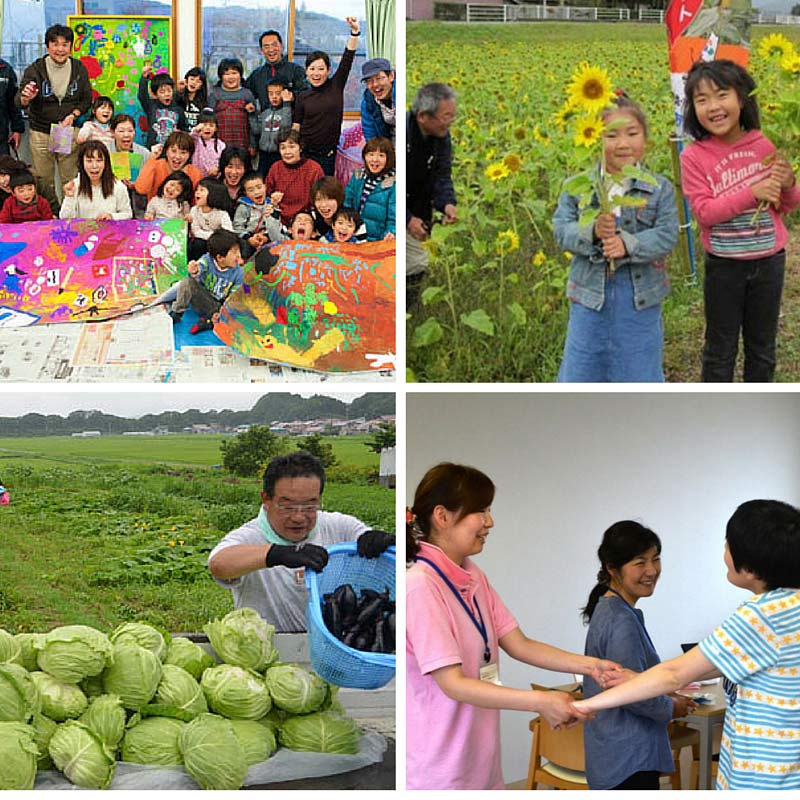Japan Earthquake and Tsunami
Return to listing
Greetings from Japan! Over the last few weeks, I have met with over 20 different local partners to see the status of past and present projects that AmeriCares has supported since the triple disaster in 2011. The resounding message has been that AmeriCares provided help at crucial points in the post-emergency period. The work of these community-based groups and organizations is truly transformative in the recovery process.
During the emergency period after the earthquake, tsunami and the nuclear disaster, many aid organizations were on hand with support. But by 2012, most were gone, as is often the case in major disasters. AmeriCares, however, was still there, targeting resources for local projects that could provide important services at key points in the recovery.

From our three decades of work responding to disasters, we know that the strength and effectiveness of recovery efforts can be measured in the evidence of program sustainability – how it has been woven into the fabric of the community to serve people in need. Now, in 2015, many of our local partners in Japan are receiving government or Japan-based donor support thanks to the effectiveness of their work during the period of AmeriCares help for their projects. And today the programs and partners thrive.
Here’s a sample of highlights from my journey:
The list of local groups and organizations and their incredible achievements goes on and on! As you go through your day, take a moment to know that the road to recovery from Japan’s triple disaster runs through the courage and commitment of local communities and their ability to identify and meet their unique needs. Your support of these efforts makes this journey possible.